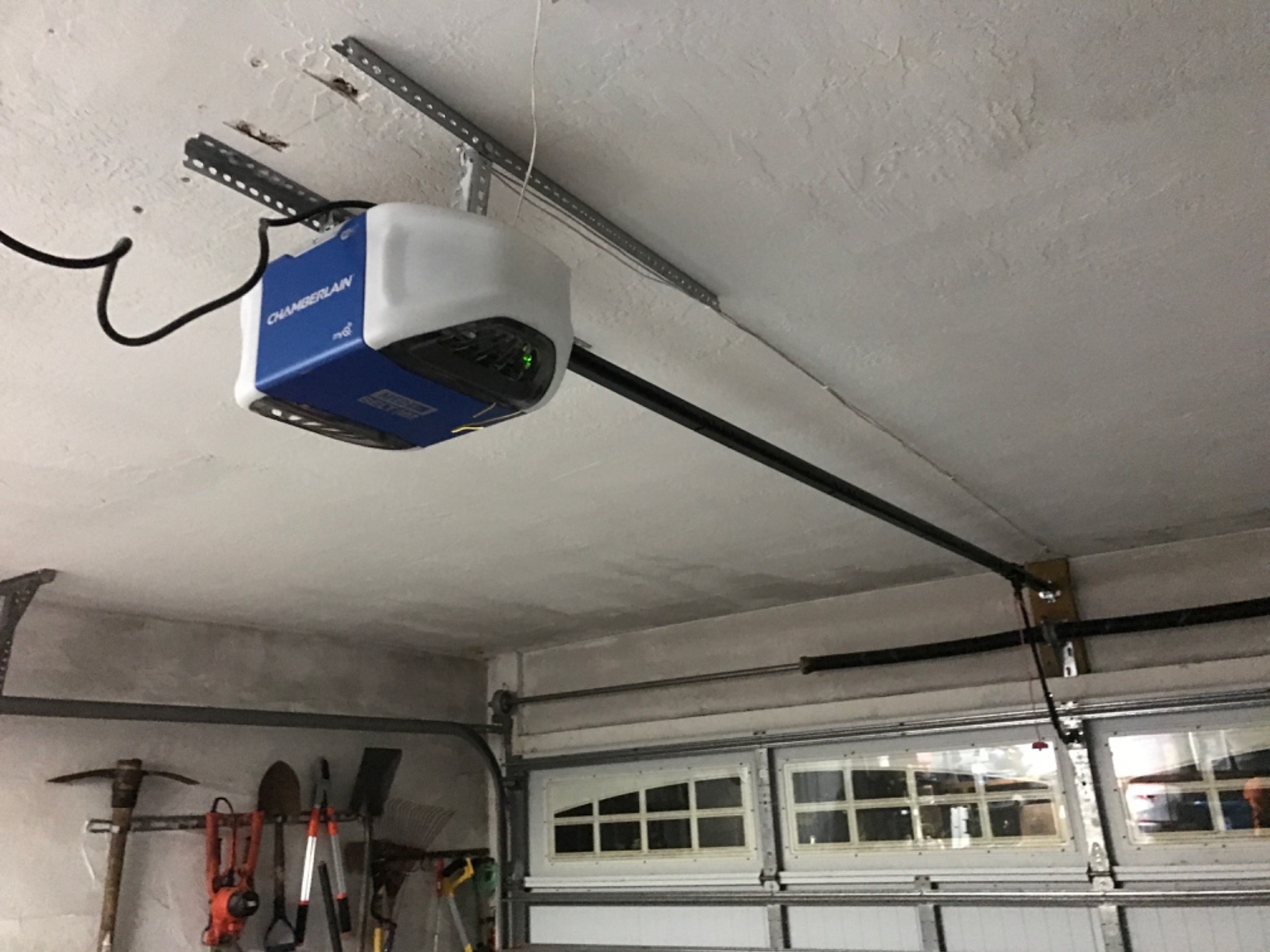
How To Align Garage Door Sensors: A Step-By-Step Guide
Ensuring your garage door sensors are properly aligned is crucial for the safety and functionality of your garage door system. Misaligned sensors can cause your garage door to refuse to close or to reverse unexpectedly, posing potential risks to you and your property. Aligning garage door sensors may seem daunting, but with the right guidance, it’s a task that can be accomplished relatively easily. This adjustment not only enhances safety but also ensures your garage door operates smoothly, preventing unnecessary wear and tear on the system. This guide will walk you through the process of aligning your garage door sensors in a detailed, step-by-step manner, demystifying the process and providing practical tips to ensure success.
Understanding Garage Door Sensors

Before diving into the alignment process, it’s essential to understand what garage door sensors are and how they work. Garage door sensors are a safety feature designed to prevent the door from closing on objects, pets, or people. They are located near the bottom of the garage door track, on both sides of the door. Each sensor emits an invisible beam to its counterpart; if this beam is interrupted, the door will automatically reverse to its open position.
Signs of Misaligned Sensors
- The garage door refuses to close.
- The door begins to close but then reverses.
- The garage door opener‘s lights flash or beep, indicating an obstruction when there is none.
Tools You’ll Need
- A screwdriver or wrench (depending on your sensor’s mounting hardware)
- A measuring tape
- A level
Step-by-Step Guide to Aligning Your Garage Door Sensors
Step 1: Safety First
Disconnect your garage door opener from the power source to ensure safety during the alignment process. This precaution prevents the door from accidentally activating while you are working.
Step 2: Inspect the Sensors
Check for any visible signs of damage or obstruction. Clean the lenses gently with a soft cloth if they’re dirty, as even a thin layer of dust can interfere with the sensors’ operation.
Step 3: Loosen the Sensors
Using your screwdriver or wrench, slightly loosen the mounting brackets holding the sensors. Do not remove the sensors entirely; just loosen them enough so they can be moved by hand.
Step 4: Align the Sensors
Now, carefully adjust the position of each sensor. They should be directly facing each other, with the beams at the same height from the ground. Use your measuring tape to ensure they are both placed at equal heights, typically not more than six inches above the floor.
Step 5: Check for Level
Using a level, ensure that each sensor is perfectly vertical. An unlevel sensor may still emit a beam that doesn’t align with its counterpart across the door.
Step 6: Tighten the Sensors
Once you’ve aligned the sensors and confirmed they are level, tighten the mounting brackets to secure them in place. Be cautious not to move the sensors out of alignment while tightening.
Step 7: Test the Alignment
Reconnect your garage door opener to the power source. Test the alignment by closing the garage door. If the door closes without issues, your sensors are correctly aligned. To further test their functionality, place an object in the path of the infrared beam as the door is closing. The door should reverse direction upon contacting the object.
Step 8: Troubleshooting
If the door still refuses to close or behaves erratically, double-check the alignment and the cleanliness of the sensors. Additionally, check the wiring and connections for any signs of damage or loose connections.
Additional Tips
- Regular Maintenance: Regularly check and clean your garage door sensors to prevent misalignment and ensure smooth operation.
- Professional Help: If you’re uncomfortable performing these steps or the problem persists, consider hiring a professional to inspect and service your garage door system.
Aligning your garage door sensors is a key step in maintaining the safety and functionality of your garage door system. This guide has outlined the steps to ensure that your sensors are properly aligned, which helps in preventing accidents and ensuring smooth operation. Remember, regular maintenance, such as cleaning and inspecting your sensors, plays a crucial role in the longevity of your garage door system.
If you continue to experience issues after following these steps, it might be time to seek professional help. A technician can address any underlying problems and provide peace of mind with expert maintenance.
Ultimately, taking care of your garage door sensors not only enhances your home’s safety but also contributes to the efficient operation of your garage door. Keep up with regular maintenance and stay vigilant for signs of misalignment to ensure your garage system remains in optimal condition.



